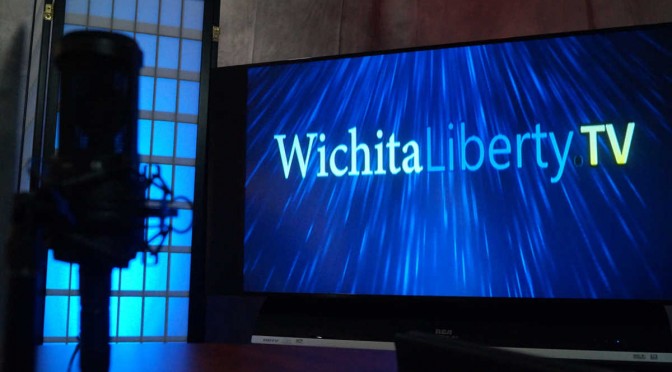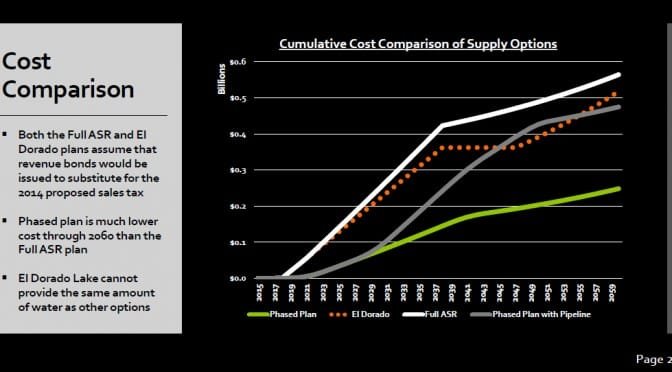An expansion fueled by incentives is welcome, but illustrates a larger problem with Wichita-area economic development.
Last week a Wichita company received economic development incentives in conjunction with an expansion. This is the third incentive the company has received in four years. The incentives are forgiven property taxes and sales taxes. 1 Simply, the company is allowed to skip paying many of the same taxes that everyone else must pay, including low-income households paying sales tax on groceries.
While the expansion of this company is welcome news, the hoopla surrounding it shows how we can’t rely on government intervention to pull Wichita out of its slump. Here are some figures.
According to the Bureau of Labor Statistics, Wichita metropolitan area employment is 14,500 less than its peak in 2008. Manufacturing jobs are down by 23,600 from the peak in 1998, or down by 15,400 from 2008. 2
In 2012 when this company requested an incentive, its employment was given as 110. 3 Current employment is given as 130, and by 2021, the company is required to employee 188 people. 4
So if everything goes as planned, 5 three economic development incentives programs will boost a company’s employment from 110 to 188. That’s an increase of 78 jobs over nine years, or about nine jobs per year.
If we look at these jobs in the larger context, we see that these jobs represent 0.5 percent of the jobs lost in the Wichita area since 2008. If we are relying on these jobs to spur a renaissance of manufacturing in Wichita, they represent 0.3 percent of manufacturing jobs lost since its peak.
This company and these three economic development incentives are not the only efforts the city has made. Other incentives to other companies have created jobs. But this company is considered a significant and major success. The awarding of this inventive was evidently such an uncommon event that it merited a large article in the Wichita Eagle. In his remarks, according to meeting minutes, Wichita Mayor Jeff Longwell said “this is how we move Wichita forward” and “this is how we grow our businesses here in Wichita and help them be successful.”
The jobs are welcome. But this incident and many others like it reveal a capacity problem, which is this: We need to be creating nine jobs every day in order to make any significant progress in economic growth. If it takes this much effort to create 78 jobs over nine years, how much effort will it take to create the many thousands of jobs we need to create every year?
A related problem is that we don’t know how many jobs are created by the city’s economic development efforts. As part of a campaign for a city sales tax in 2014, the city promised a web site to track the progress of jobs created. The sales tax didn’t pass, but the city still engages in economic development, and still does not track results. At least not publicly, and when I’ve asked, the results provided have been sketchy and incomplete.
On top of this, we don’t know if the incentives were necessary to enable the company to expand. Usually city documents state that incentives are necessary to make economic activity “viable.” No such claim was made in the documents supporting this incentive.
The large amount of bureaucratic effort and cost spent to obtain a relatively small number of jobs lets us know that we need to do something else in order to grow our local economy. We need to create a dynamic economy, focusing our efforts on creating an environment where growth can occur organically without management by government. Dr. Art Hall’s paper
Embracing Dynamism: The Next Phase in Kansas Economic Development Policy provides much more information on the need for this.
Another thing we can do to help organically grow our economy and jobs is to reform our local regulatory regime. Recently Kansas Policy Institute released a study of regulation and its impact at the state and local level. This is different from most investigations of regulation, as they usually focus on regulation at the federal level.
 The study is titled “Business Perceptions of the Economic Impact of State and Local Government Regulation.” It was conducted by the Hugo Wall School of Public Affairs at Wichita State University. Click here to view the entire document.
The study is titled “Business Perceptions of the Economic Impact of State and Local Government Regulation.” It was conducted by the Hugo Wall School of Public Affairs at Wichita State University. Click here to view the entire document.
Our civic leaders say that our economic development efforts must be reformed. Will the path forward be a dynamic economy and reformed regulation? Or will it be more bureaucracy, handfuls of jobs at a time?
—
Notes
- Wichita City Council meeting agenda, April 5, 2016, p. 12. ↩
- According to the Bureau of Labor Statistics, the peak of nonfarm employment in the Wichita metropolitan area was in 2008, where employment averaged 310,500. For 2015, employment averaged 296,000. That’s a loss of 14,500 jobs. For manufacturing jobs, the peak was 1998, when employment in this field was 75,900. In 2008 the figure was 67,700 jobs, and in 2015, 52,300 jobs. This is a loss of 23,600 jobs from manufacturing’s peak, or of 15,400 jobs from Wichita peak employment in 2008. ↩
- Wichita City Council meeting agenda, September 11, 2012, p. 45 ↩
- Wichita City Council meeting agenda, April 5, 2016, p. 12. ↩
- So far, employment is not progressing as planned. In the 2012 agenda item, it was said that employment would rise by 50 jobs over the next five years, which you by 2017. Current employment, according to the current city council agenda, is 130, which is 30 jobs short. The deadline for this projection has not yet arrived. ↩











 The
The 





